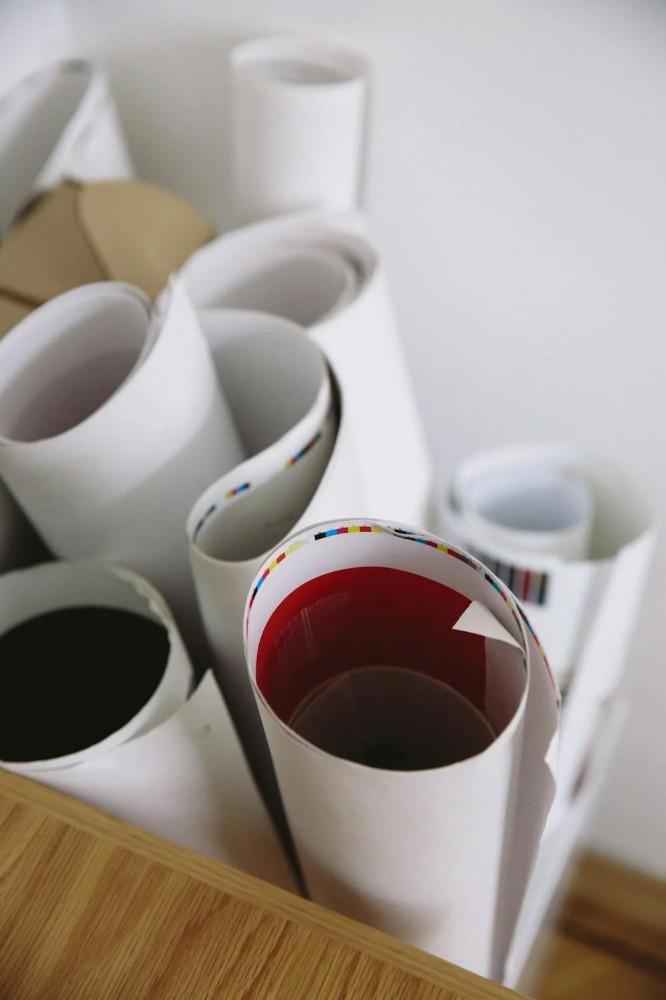In today's fast-paced business world, high-quality printed materials can make all the difference in creating a strong brand presence. Whether you’re printing business cards, brochures, banners, or promotional items, a well-executed print job speaks volumes about your company’s professionalism. However, even small mistakes in the printing process can result in wasted time, money, and effort.
As a leading Denver printing company, we’ve seen firsthand how certain errors can impact the final product. To help you avoid costly missteps, here’s five common printing mistakes and how to prevent them.

1. Using Low-Resolution Images
One of the biggest mistakes businesses make is using low-resolution images in their print materials. While an image might look sharp on a computer screen, it can become pixelated and blurry when printed, resulting in an unprofessional and unclear final product.
How to Avoid It:
- Always use high-resolution images (at least 300 DPI or dots per inch) for print materials.
- Avoid enlarging small images beyond their original resolution, as this can cause distortion.
- If using images from a website, make sure they are designed for print, as web images are typically 72 DPI, which is too low for quality printing.
- Work with a professional designer or use stock photos from reputable sources to ensure clarity and quality.
2. Ignoring Bleed and Safe Zone Guidelines
When designing printed materials, many people forget to account for bleed and safe zones. Bleed refers to the extra space beyond the cut line, ensuring the design extends fully to the edge after trimming. The safe zone is the margin inside the cut line where important text and graphics should be placed to avoid getting trimmed off.
How to Avoid It:
- Include a bleed of at least 1/8 inch (0.125") on all sides of your design.
- Keep all important text and design elements at least 1/4 inch (0.25") away from the cut line.
- Use a professional template that includes bleed and safe zone guidelines.
- When in doubt, consult your printing company to ensure your files are set up correctly.
3. Choosing the Wrong Color Mode
There are two primary color modes used in design—RGB and CMYK. RGB (Red, Green, Blue) is used for digital displays, while CMYK (Cyan, Magenta, Yellow, Black) is the standard for print. Designing in RGB and then converting to CMYK can result in color shifts, leading to unexpected results in the final print.
How to Avoid It:
- Always design print materials in CMYK mode from the start to ensure color accuracy.
- Use Pantone Matching System (PMS) colors if you need precise brand colors.
- If you must convert from RGB to CMYK, be sure to preview the changes and adjust accordingly.
- Work with your printing company to confirm color accuracy before finalizing your order.
4. Overlooking Proofing and Prepress Checks
Skipping the proofing process can lead to spelling errors, misaligned elements, or incorrect colors, resulting in costly reprints. Many businesses assume that their files are print-ready without thoroughly reviewing them, only to discover mistakes after production.
How to Avoid It:
- Always request a proof before printing—whether it’s a digital proof (PDF) or a physical proof for color accuracy.
- Check for typos, incorrect spacing, and misaligned elements before approving the proof.
- Verify that all images and logos are high-resolution and properly formatted.
- Ask your printing company if they offer prepress checks to catch errors before printing begins.
5. Selecting the Wrong Paper or Finish
The type of paper and finish you choose can significantly impact the look and feel of your printed materials. Using the wrong paper stock can make your materials feel cheap or unprofessional, while the wrong finish may not align with the intended purpose.
How to Avoid It:
- Consider the purpose of your print materials when choosing paper stock. For example:
- Business cards should be printed on sturdy cardstock with a professional finish.
- Flyers should be lightweight for easy distribution.
- Brochures should have a durable finish for longevity.
- Choose between matte, gloss, or uncoated finishes depending on the desired look and feel.
- Work with your printing company to select the best options for your project.
Work with a Trusted Printing Partner
Avoiding these common printing mistakes starts with working with a trusted printing company that understands the nuances of print production. At Cottrell Printing, we provide expert guidance, high-quality materials, and professional printing services to ensure your final product exceeds expectations.
If you’re looking for a Denver printing company that prioritizes quality and customer satisfaction, contact Cottrell Printing today. Whether you need business cards, brochures, banners, or promotional materials, our team is here to bring your vision to life.
Get in touch with us today to start your next printing project!
.png)